OFLUXO
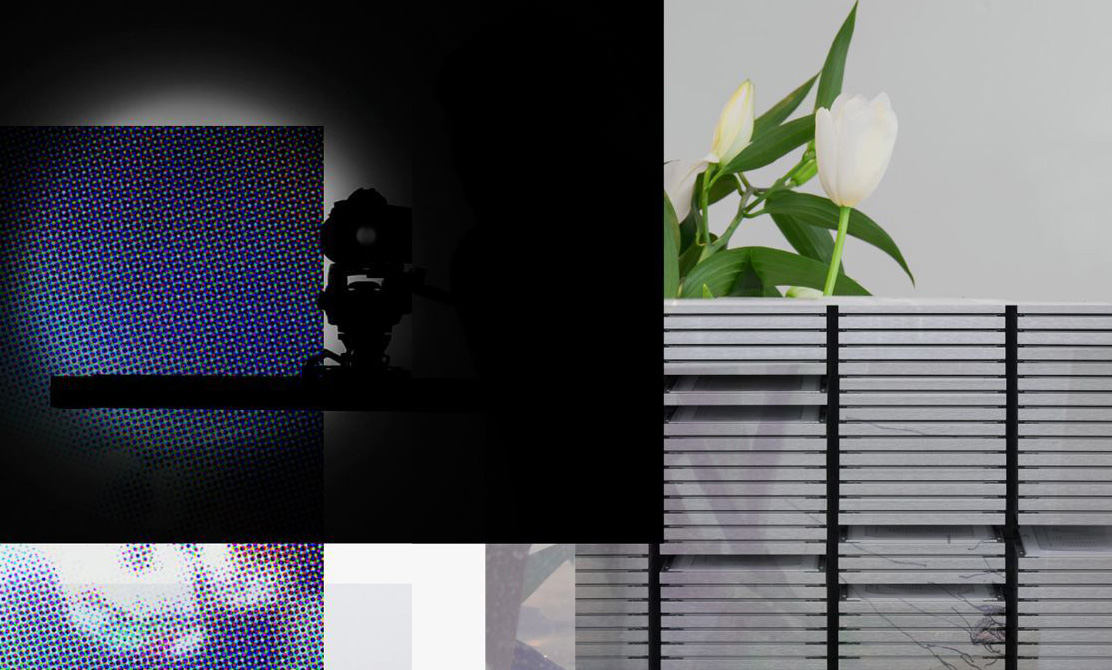
Keiu Krikmann interviews
Melanie Bühler
Melanie Bühler is the mentor of Lunch Bytes, a series of events discussing art and digital culture in various locations in the US and Europe since 2011 is coming to an end. To celebrate Keiu Krikmann interviews Melanie Bühler, the organiser of Lunch Bytes; they talk about the series, the discussions the events prompted and the concluding event of Lunch Bytes – a two-day conference taking place in Berlin, 20 and 21 March, 2015.
Keiu Krikmann: Melanie, could we maybe start with an introduction to the Lunch Bytes series – could you say a few words about what Lunch Bytes is and what it does?
Melanie Bühler: Lunch Bytes is a series of discussions about art and digital culture as well as an online platform. It started in 2011 in Washington D.C. and was organised in collaboration with the Goethe-Institut and the Hirshhorn Museum and later with Pro Helvetia as well. Each discussion generally involved two artists and two experts who were invited to reflect on a topic relevant to digital culture and present their work connected to the chosen theme. The series was well received in Washington DC, as the discourse relating art to digital culture had really just started to evolve, especially in cities other than Berlin or New York. And so the series grew. When I relocated to Europe we decided to launch the project here as well as a project by the Goethe-Institut in the region Northwestern Europe. We called it the “European Edition.” It resulted in 23 events in 7 cities that took place in 2014, as well as the upcoming conference in Berlin that concludes this chapter. It is very important that the project is a collaboration between different institutions –besides the main partner the Goethe-Institut– I worked with one or more partner institution in each city that contributed to the project on an organisatorial and conceptual level. The European chapter of the series is conceptually held together by four overarching themes – Medium, Structures and Textures, Society and Life that took place in the spring, summer, fall and winter of 2014. Within these themes we would pick more specific topics for the events. The final event in Berlin is meant to bring the speakers, artists and organisers who were involved in the European edition together, to reassess its most important topics, and discuss central current and future concerns of the field.

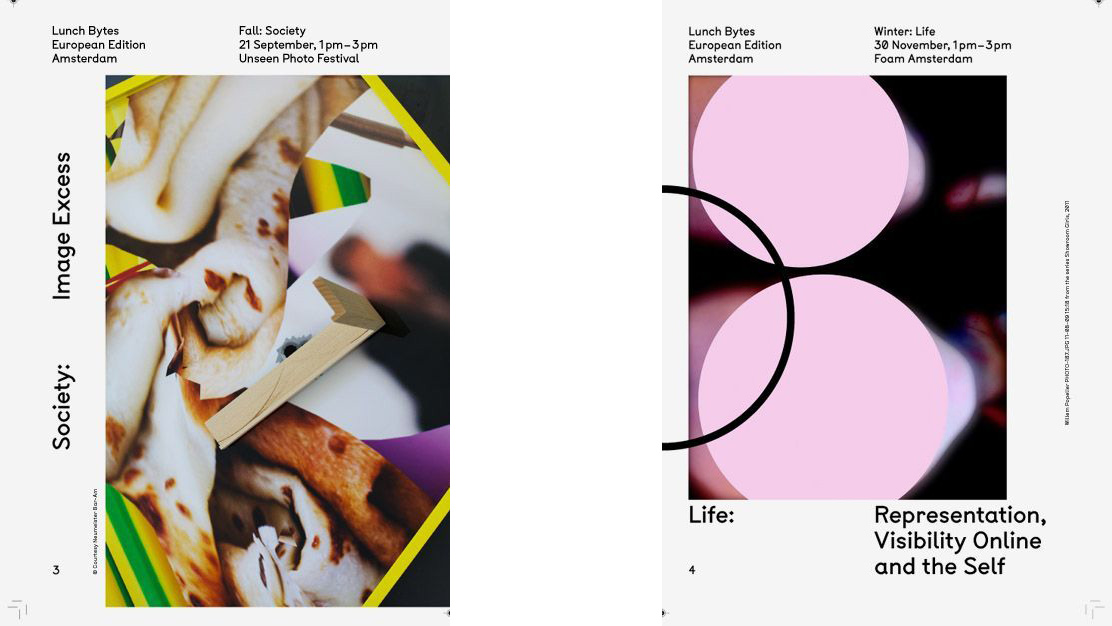
KK: So you’ve been working on this for quite a few years now and I am curious if you’ve noticed any shifts in the attitudes towards art and digital culture?
MB: I mean overall I can make a few general statements on how it has changed, but it’s also a bit difficult, because I’ve changed contexts too. The context in Washington D.C. is really different form the contexts I encountered two years later in London or Helsinki or Stockholm or Dublin. But if I look at the field of internet-related art in general it can definitely be said that it has been attracting more and more interest over the years of Lunch Bytes’ existence, mainly due to the fact the term ‘postinternet’ exploded. It was in late 2013 when the term really became widely used. Ever since, it has been discussed in all of the major art magazines, we saw major shows dedicated to the topic – it really became a hype.
At the same time, postinternet only points to a small part of what Lunch Bytes is about. With the series I aimed to address more than postinternet. Also, to me the term still remains rather vague. On the other hand, I invited many artists who were and became associated with postinternet; as they were interested in topics that I wanted to address. As such, Lunch Bytes also profited from the hype around postinernet as more people became aware and interested in these artists and indirectly also in Lunch Bytes.
KK: To me it seems like the term ‘postinternet’ sometimes hijacks the conversation, yet there is so much more to digital culture and art than just this term, so how do you make Lunch Bytes not all about postinternet?
MB: I intentionally never used the term in any of the communications about Lunch Bytes, with the exception of the announcement for the concluding conference in Berlin. It’s hard to work with terms that are highly mediated. They come with huge emotional baggage and a lot of artists and critics hate them, but they are also very attractive because they point to something that immediately triggers a reaction. From a PR perspective using the term seemed like a good idea, but I just felt uncomfortable going into this whole debate and I didn’t even actually want to. I think the postinternet discussion is a quite specific discussion, revolving around terminology mostly – when did the term come up, who can it be attributed to, how did it come into being, which artists should or shouldn’t be involved. I think that this is why it very quickly became contested as well, since it was so personalized. Also the artists affiliated with postinternet started to sell more work. They became increasingly successful on the market and that of course triggered even more emotions.
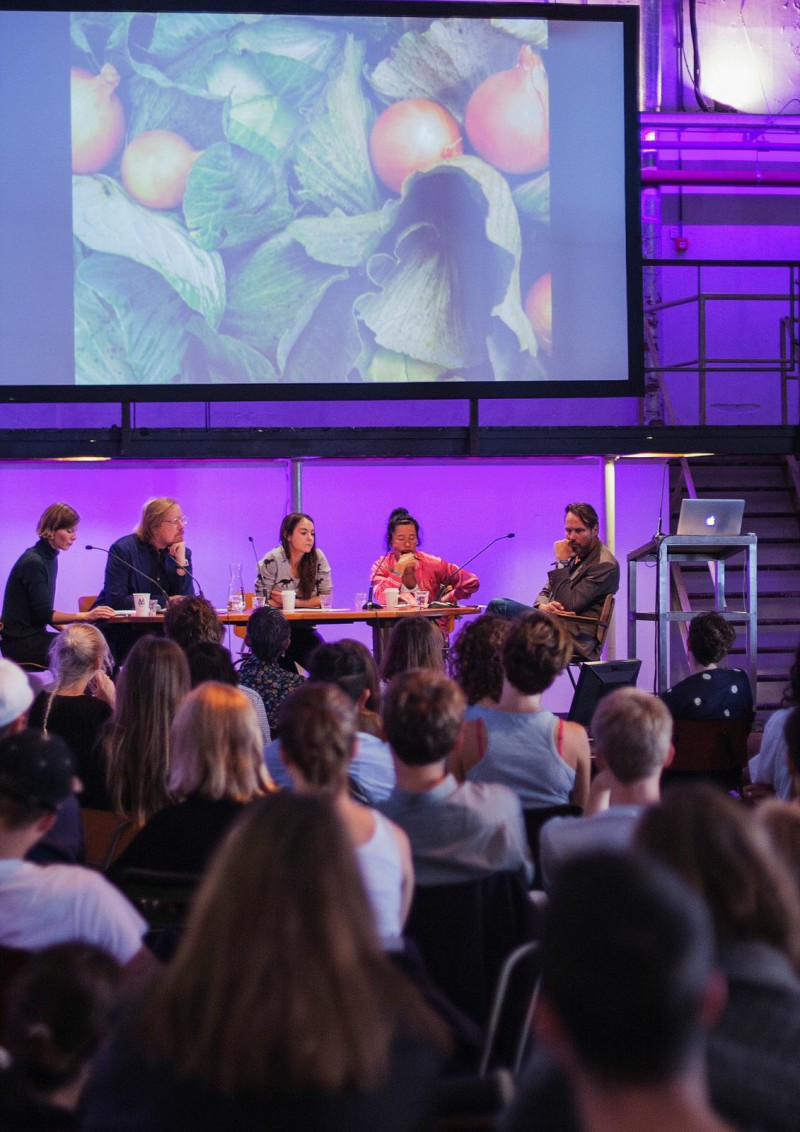
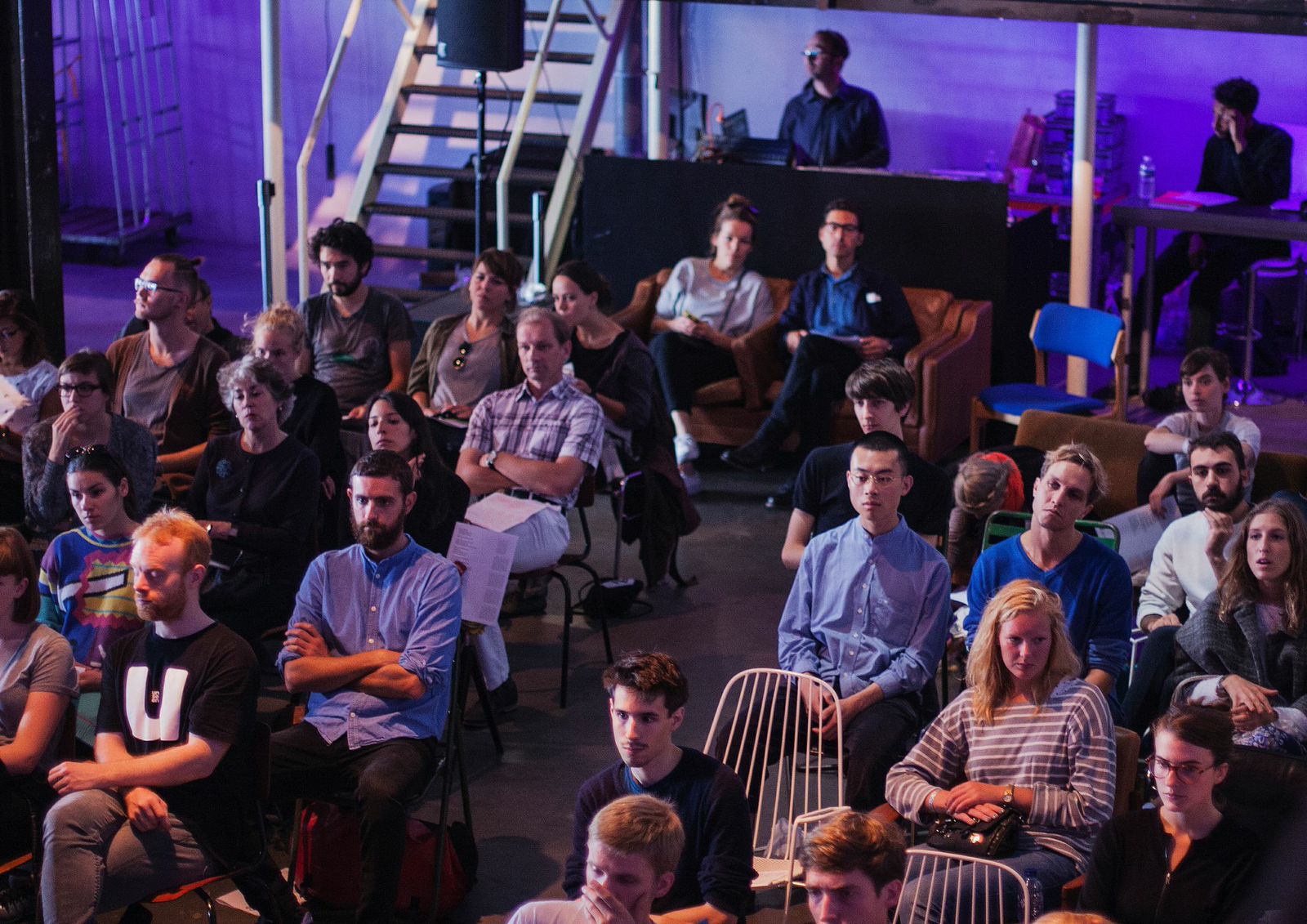
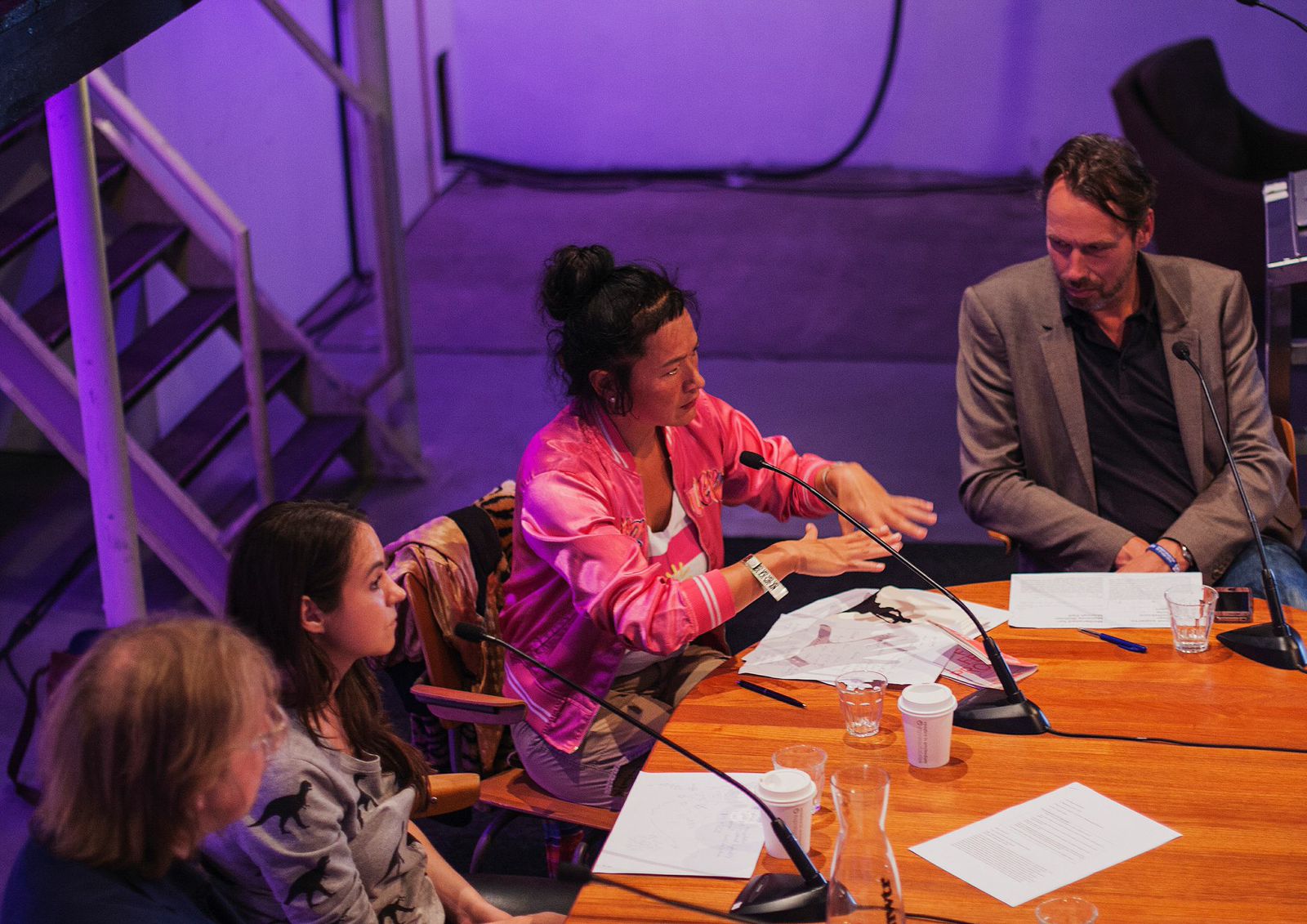
KK: I think it’s interesting to take the element of newness out of the discussion and maybe focus on the everyday or the way digital culture is almost ever present now, I feel like sometimes from this point of view more interesting discussions arise.
To me it seems important that the previous generations of artists who worked with digital technologies, such as for instance Cornelia Sollfrank, UBERMORGEN.COM, Nathalie Bookchin are also part of the conversation, not only the ones whose practices have been identified as postinternet.
KK: But moving from temporal differences to geographical ones, another thing I wanted to ask – you’ve travelled a lot when organising these events and you did say there are some variations in how digital culture and art are perceived in different places, so I’m wondering – what are those regional differences? I guess my question is also kind of provoked by the, I’d say, false notion that online everyone is equal – I’m quite sceptical of that, I don’t think that’s true at all.
MB: Absolutely. The thing is – I don’t think the internet is a democratic platform per se, it’s not an agent for change per se. It’s just a tool for connecting a lot of people. I think that relates to something the Swedish artists Sophia Hultin who took part in the Stockholm event on feminism said – that despite all the justified critique the internet still has an enormous impact on connecting people with specific interests and within specific subcultures.
But getting back to your question about regional differences – it’s hard to make any generalisations, but there are some things I can say about how the audiences engaged with the specific discourse of art and digital culture. For example, in London there’s a niche audience for art that engages with digital culture. There is a group of people that deals specifically with the questions Lunch Bytes aims to address in a professional way that might be the size of an entire art scene in another city (this might be a bit exaggerated, but still). So when we organised an event in London we needed to address topics in a different way than in Dublin, for example, where such a specific, professionalized art scenes exists to a lesser degree. This is why working with local partners was of such vital importance for the project.
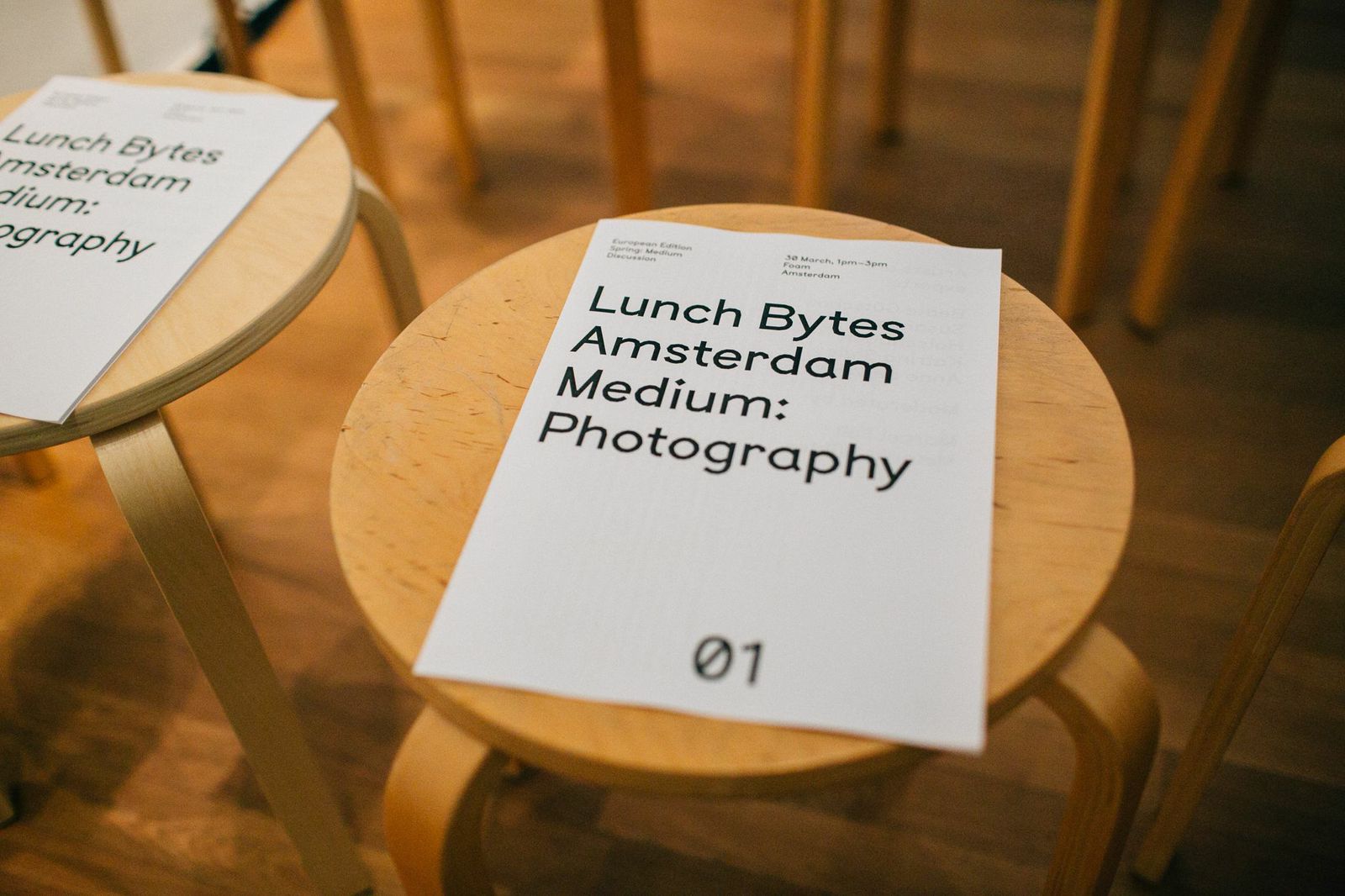
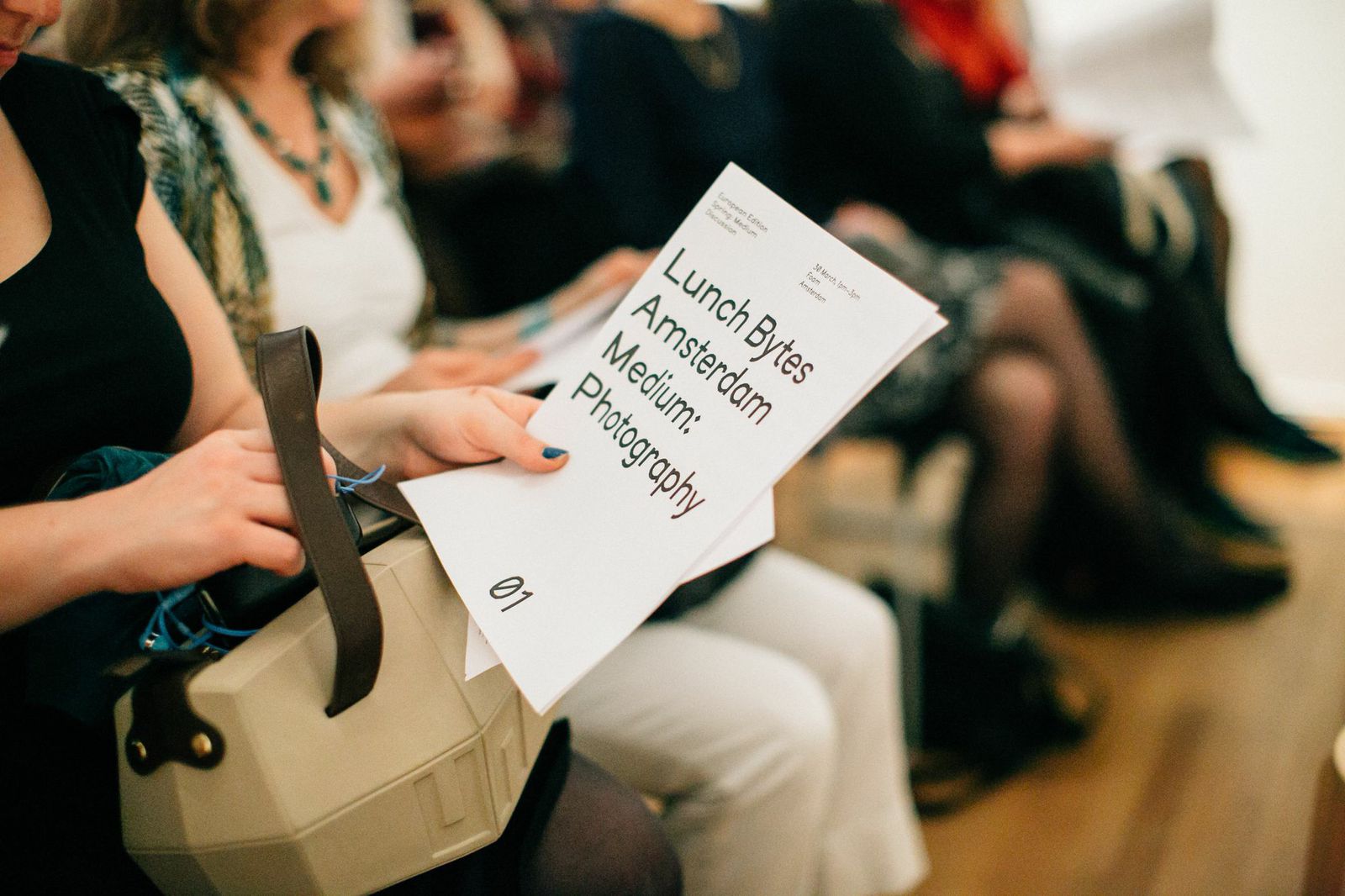
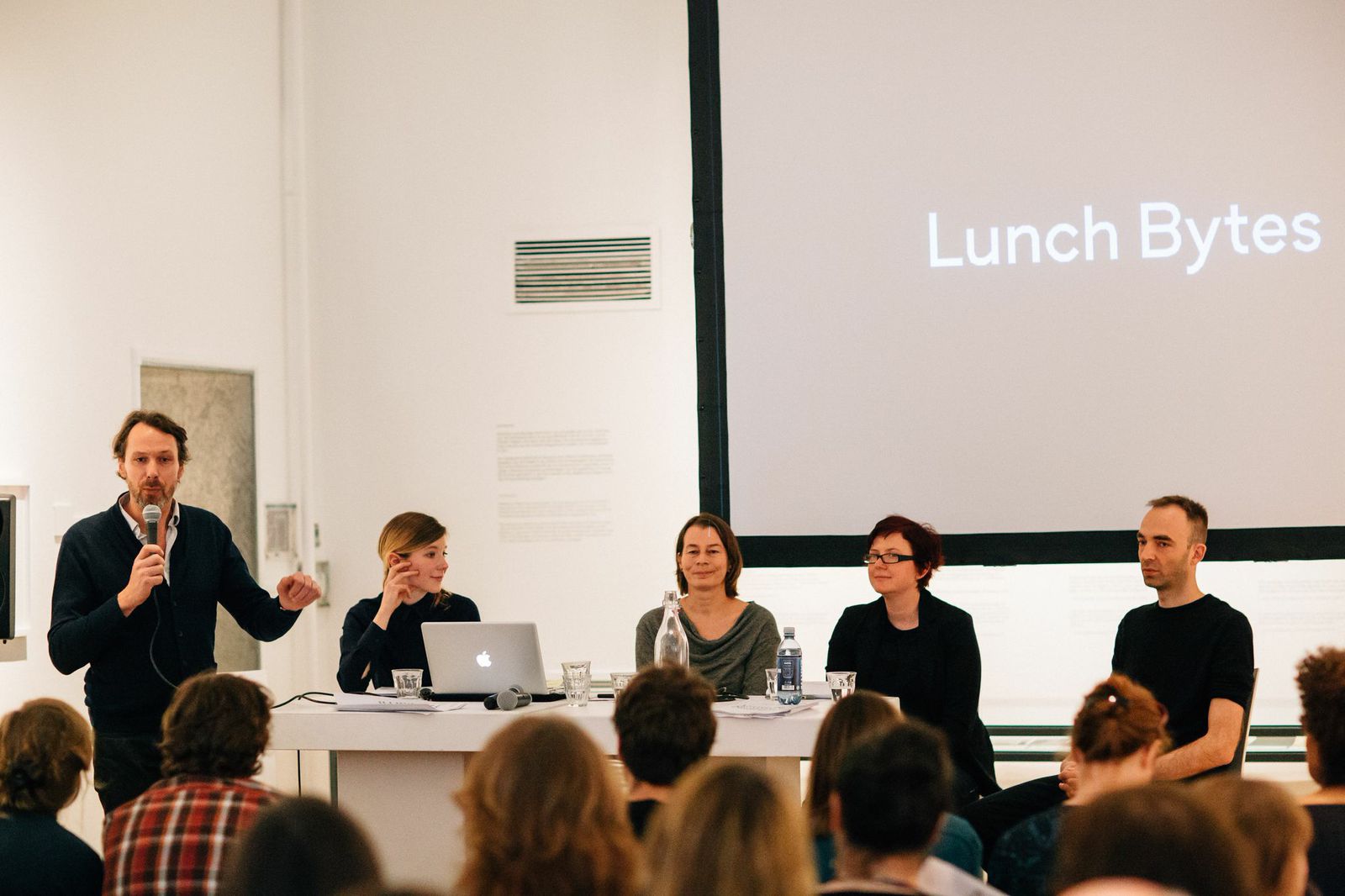
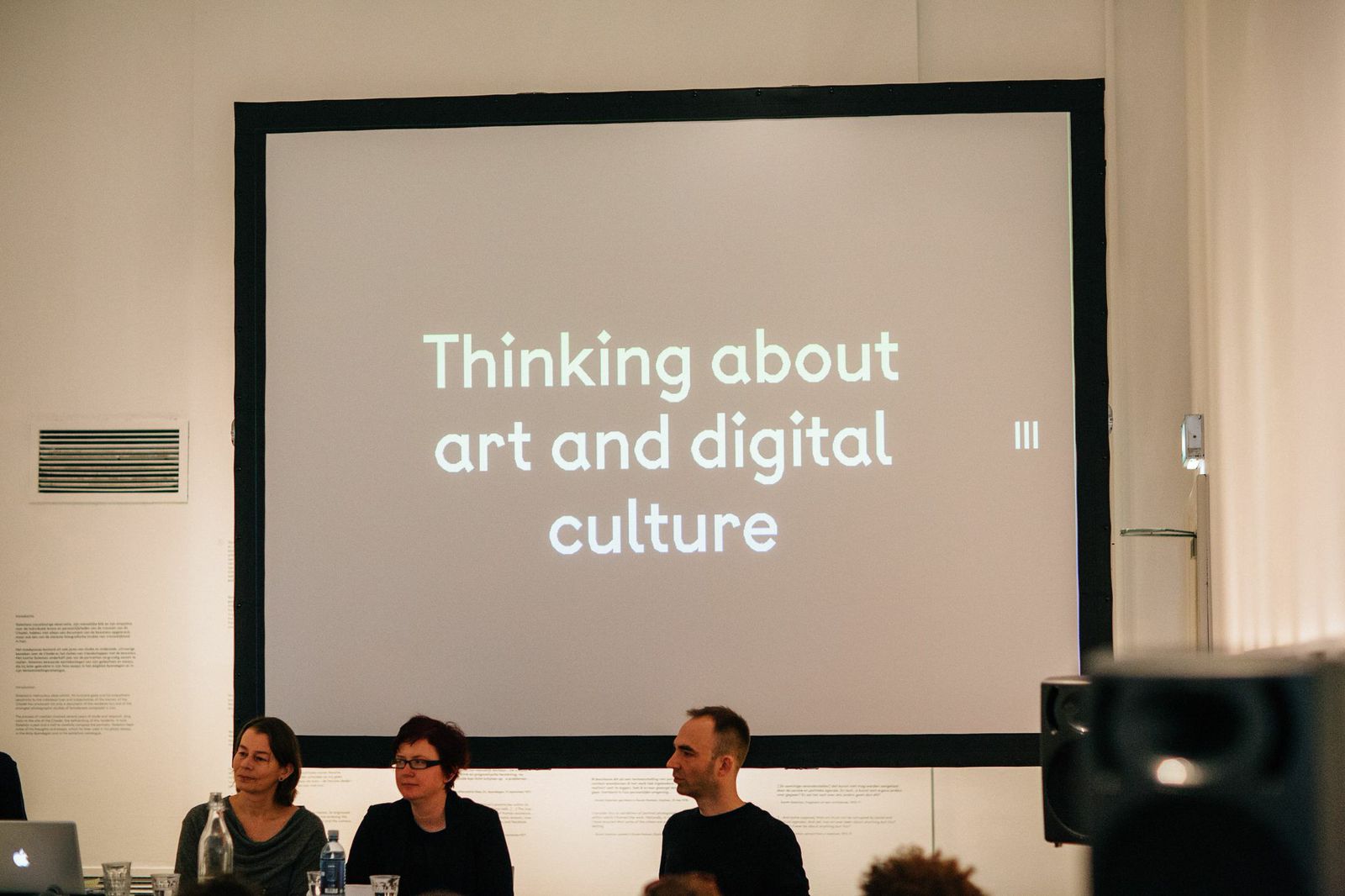
KK: And you said there’s the Lunch Bytes conference in Berlin coming up soon, maybe you could introduce that in a little more detail?
MB: The Berlin conference is a two day event. It starts on 20 March in the evening with performances by Jenna Sutela, Paul Kneale and Ilja Karilampi and a keynote lecture by David Joselit. He hasn’t been part of the series so far, but his writing was very important for many of the discussions and I think his input as an art historian will give the conference a productive frame of reference. He will also present a new paper that he wrote specifically for the conference, so I am very excited about it. The second day is structured according to the overarching themes of the Lunch Bytes series as it took place last year, consisting of four panels, entitled “Medium,” “Structures and Textures,” “Society” and “Life”. After this, there will be a keynote by the writer and art critic Melissa Gronlund followed by a concluding panel discussion. This second keynote will place the postintenet discussion and the present moment of internet art into an art historical perspective. As this was a central concern for Lunch Bytes overall, I am also very happy about this. The conference thus has a slightly more art historical framework I would say than the Lunch Bytes in general. I wanted to do this to convey a sense as to how the art that is being talked about could be contextualized art historically. And then to go to the topics that have structured the Lunch Bytes year in 2014 and relate to digital culture more broadly with individual panels.
KK: I think the focus on historical context is a great idea and very much needed – I suppose it does exist to an extent, but I feel these issues would benefit from more in depth discussions.
MB: I think that’s something that is coming – I’ve heard from several people who are working on books on the topics. And I just finished writing the introduction to a Lunch Bytes publication on the American edition of the project that will be released in May this year with the Dutch publisher Onomatopee. Since the talks in Washington D.C. weren’t recorded, it’s a great way to make this content last and to make the format more sustainable.
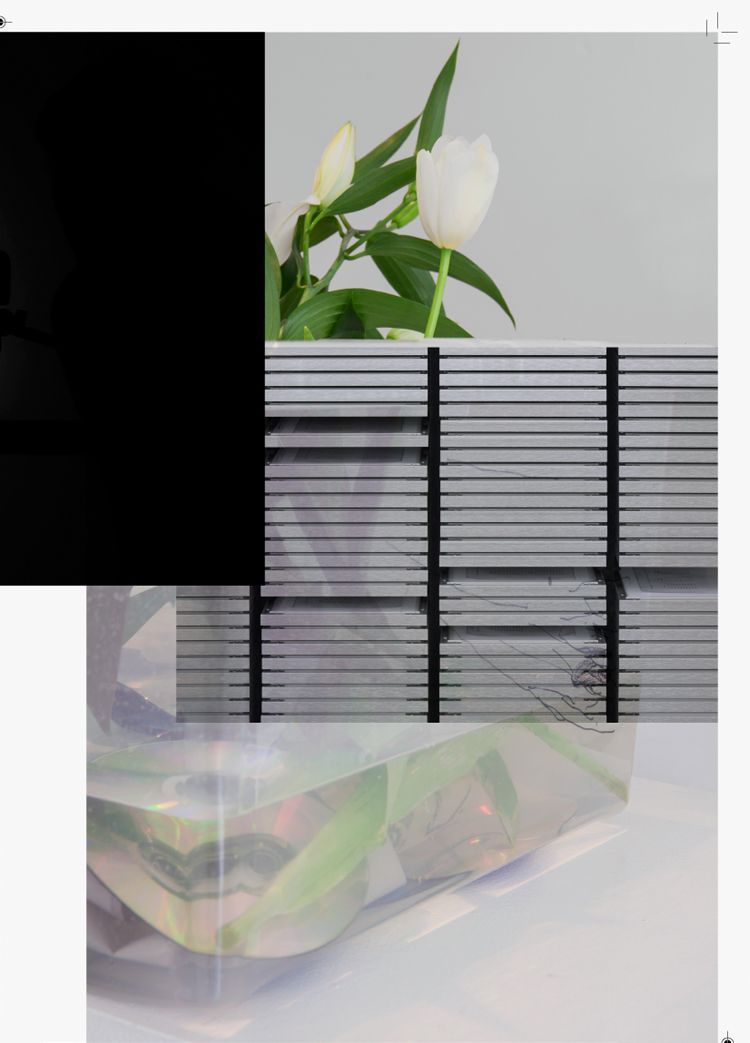
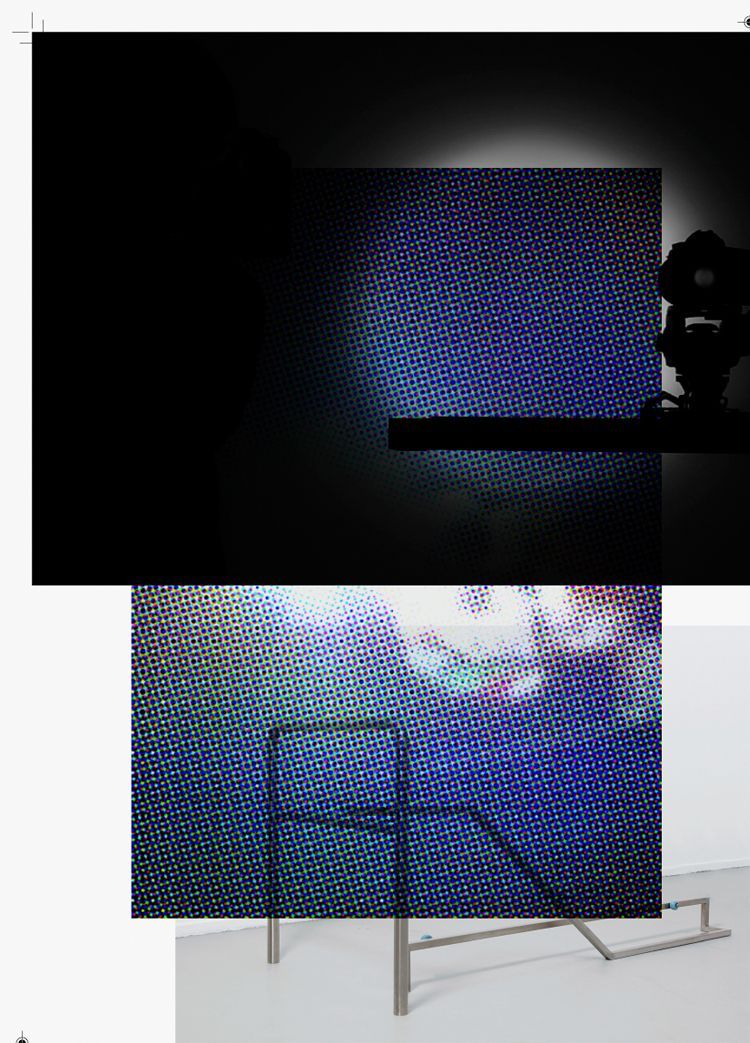
KK: True, I guess it always takes time before you can critically analyse anything, to make sense of it.
MB: This relates to what I mentioned earlier on postinternet. The debate has been very emotional, which makes sense because it involves people who have stake in these things, who are working on their careers and are very directly affected by the discourse surrounding their practices – which is exciting of course, but it also can take away a little of the criticality.
www.lunch-bytes.com
Interview by Keiu Krikmann, a freelance writer, translator and one of the coordinators of Konstanet.
O Fluxo, October 2014
OFLUXO is proudly powered by WordPress
